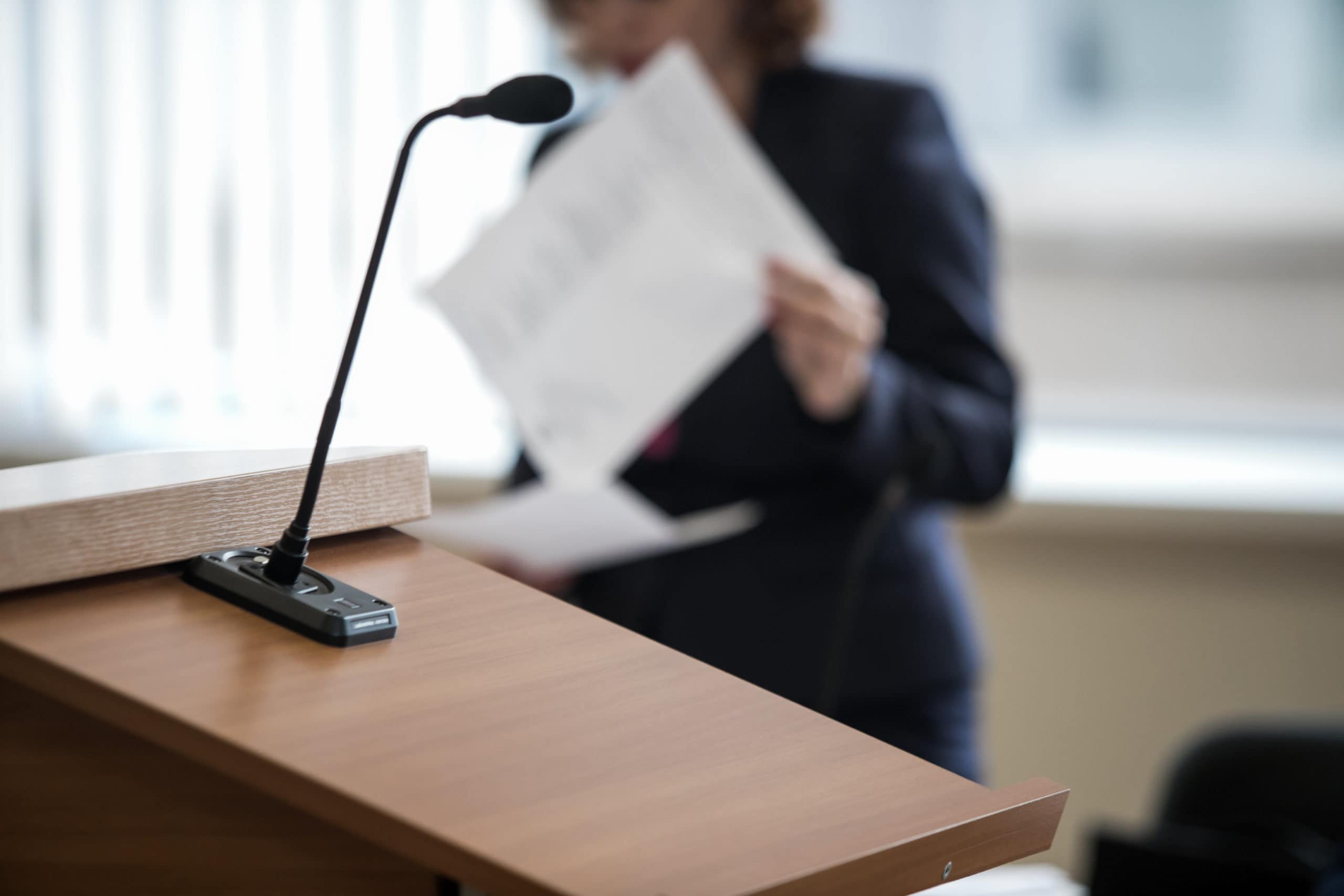What is an Appeal?
In a court case there are two parties – usually the defendant and the plaintiff. Once the judge or jury determines an outcome, they announce which is the losing party and the winning party. Depending on the legal basis of the case, the losing party may appeal the unfavorable decision so their stance may be reconsidered in a higher court. Although most cases do not have the right to an appeal, losing parties who believe there was a mistake in the court procedure may petition to appeal. If your case does merit an appeal, the process can be complicated without guidance.
The Appeal Process
The party that is appealing is called the appellant while the other party is the appellee or the respondent. The first step in the appeal process occurs when a notice of appeal is filed. Once the appeal is filed, there is a brief period where the appellant must send a written argument. This argument is usually a summary of the appellant’s views of the facts and legal arguments and why the previous decision may have been made in error. Once sent, the appellee is given a specified time to file an answering brief directly to the argument given. In some instances, cases may be decided based only on the written arguments from both parties. Otherwise, cases may progress into the oral argument stage. In this phase, both parties’ attorneys are given an opportunity to argue their case in front of a judge.
Possible Case Errors
When a case is being appealed, the appellant can ask the court to review the case to see if any errors were made. According to California Courts, these mistakes include:
- Prejudicial error
- No substantial evidence
Prejudicial error is a mistake about the law or court procedures that caused or causes substantial harm to the appellant. These include mistakes made by the judge regarding the law, incorrect instructions given to the jury, and errors or misconduct by the lawyers or by the jury. No substantial evidence is claimed when the appellant asks the court to decide if the evidence presented was enough to grant a loss to the appellant. The courts will then decide if there was no substantial evidence that reasonably supported the court’s decision.
After the Appeal Process
If the ruling of a case is reversed, then the case is usually sent back to a lower court. According to the American Bar Association, once the case is sent back it may order that:
- A new trial to be held
- The trial court’s judgement be changed or corrected
- The trial court reconsider the facts, added evidence, or hear the case considering a recent decision by the appellate court.
It is important to note that once an appeal is filed, courts usually do not allow new witnesses or new evidence. Appeals are normally based on arguments that there were errors present in the original ruling.
McCune Wright Arevalo Appellate Lawyers Ready to Help You
Our team of appellate lawyers have argued cases at every level of law. From the United States Supreme Courts to the local county courthouse, we have earned a reputation for success. If you have an appeals case for your client and need guidance, our team can aid you in every step along the way.
To learn how our appellate lawyers can help with your filings, contact us or call (909) 345-8110today!
